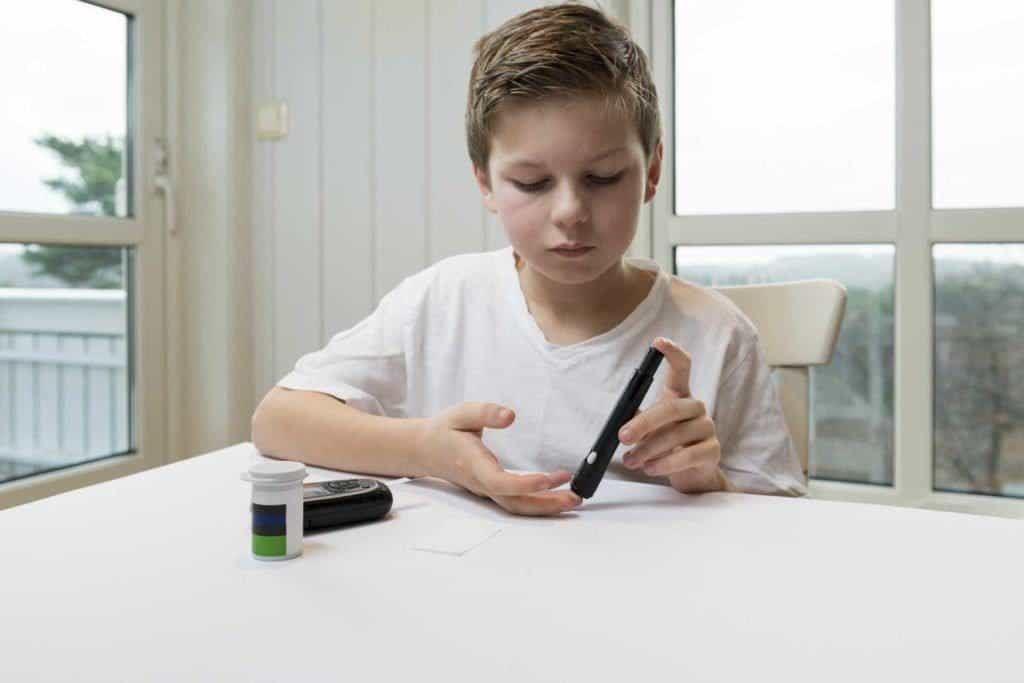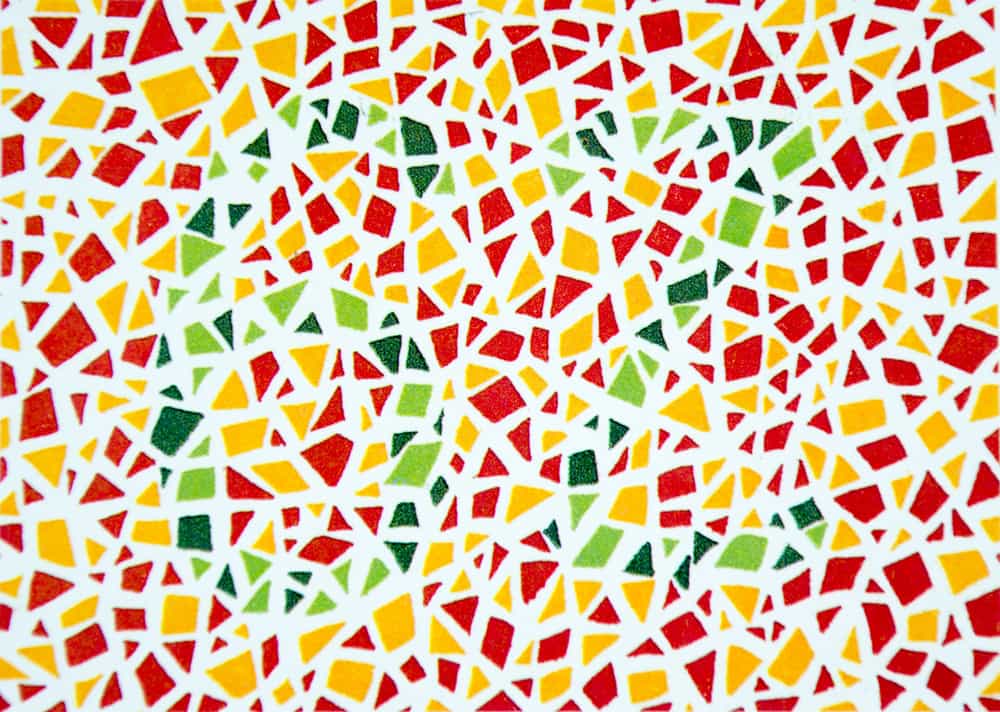Contents:
- Medical Video: Diabetes Signs and Symptoms (2018)
- What makes a child more susceptible to type 2 diabetes than other children?
- Then, what can you do?
- How to keep children active?
- How many activities should your child do?
- How do you make your child eat healthy food?
- What are healthy snacks?
- What are the healthy eating habits that my family can apply?
Medical Video: Diabetes Signs and Symptoms (2018)
Type 2 diabetes is a serious illness. This disease shows that blood sugar levels are too high. If the blood sugar level is too high for a long period of time, this can cause damage to the liver, eyes, kidneys, nerves, even teeth and gums. Previously, type 2 diabetes was only found among adults. But now, some children and adolescents also have the same disease.
What makes a child more susceptible to type 2 diabetes than other children?
- Have a mother, father, brother, sister or other family member who has diabetes.
- Overweight.
- Less physically active.
- Weight 4 kg or more at birth.
- Born of a mother who has diabetes during pregnancy.
- Derived from or descended from Native American tribes, native to Alaska, Africa, Asia, Hispanic / Latin, or Pacific Islands.
Then, what can you do?
- Help your child stay active every day.
- Make healthy and tasty food.
- Invite your child to go shopping. Teach how to read food labels to help choose healthy foods.
- Limit portions of food with high fat, sugar and salt content.
- Limit your child's playing time while in front of a computer, tablet, cellphone, and television for 2 hours per day.
- Ask your doctor whether your child has a healthy weight and the potential for type 2 diabetes.
- Make an example for your child by eating healthy foods and actively exercising with him.
How to keep children active?
Ask the child about activities they are happy to do to stay active. What is fun for them? If they don't know, you might be able to suggest the following.
- Cycling
- Dance
- Play basketball or soccer
- Play skateboard
- Jump rope
- Swim
- Take a walk or run with parents or other family members
How many activities should your child do?
Children need about 60 minutes to move in one day. They don't need to do everything at once. Can be divided into several times, for example for the first 20 minutes then pause, then proceed with the second and third 20 minutes.
Let your child start the task slowly. Support him. Let him know that the important thing is to keep his body moving! Your child can increase his activities every week.
An active body can help your children:
- Build muscle and burn fat.
- Helps strong bone growth and remains flexible.
- The body feels better and gets quality sleep.
- Keep your weight in a healthy range.
How do you make your child eat healthy food?
Talk to your child about what they think about a healthy diet. Make a list together. Here are some tips that you can apply.
- Eat foods that are rich in fiber such as whole wheat bread and cereals, brown rice, lentils, nuts, fruits, and vegetables.
- Choose foods that are low in fat, both saturated and fat trans, for example lean meat, skinless chicken, fish, non-fat milk or low-fat milk, yogurt, and cheese.
- Choose foods that are burned, steamed, or baked rather than fried.
- Choose foods that are low in salt such as fruits, vegetables, and whole grains. Don't add salt to food.
- Eat lots of vegetables. For example, salads with green vegetables, carrots, tomatoes, and peppers. Use a low-fat salad dressing of 2 tablespoons or less.
- Avoid sugary drinks like soda, isotonic drinks, and fruit juices.
What are healthy snacks?
Here are some easy and healthy snacks, including:
- Fruits like apples or bananas.
- Toasted bread with 1 tablespoon of peanut butter.
- A cup of low fat or non-fat yogurt.
- Raw vegetables like carrots or celery with salsa.
What are the healthy eating habits that my family can apply?
You can:
- Eat breakfast, lunch and dinner regularly every day.
- Limit portions when eating. Fill half a plate with fruits and vegetables, one quarter with protein, such as chicken or skinless turkey, or peanuts, another quarter with wheat, such as brown rice or wheat pasta. Drink a cup of low-fat or non-fat milk.
- Limit your intake of desserts such as cakes and ice cream just 1 or 2 times a week.
- Turn off the television or other devices during meals. Enjoy food and interact with family members.












